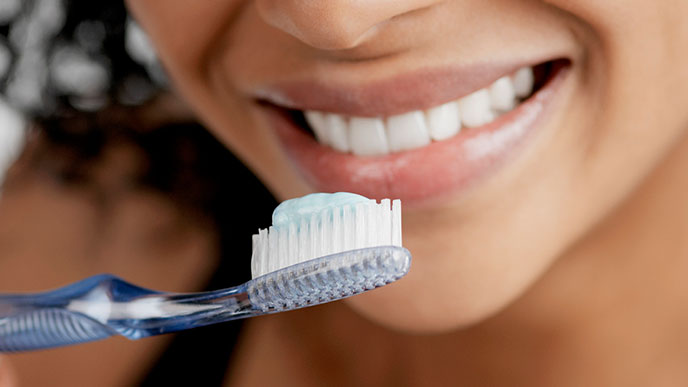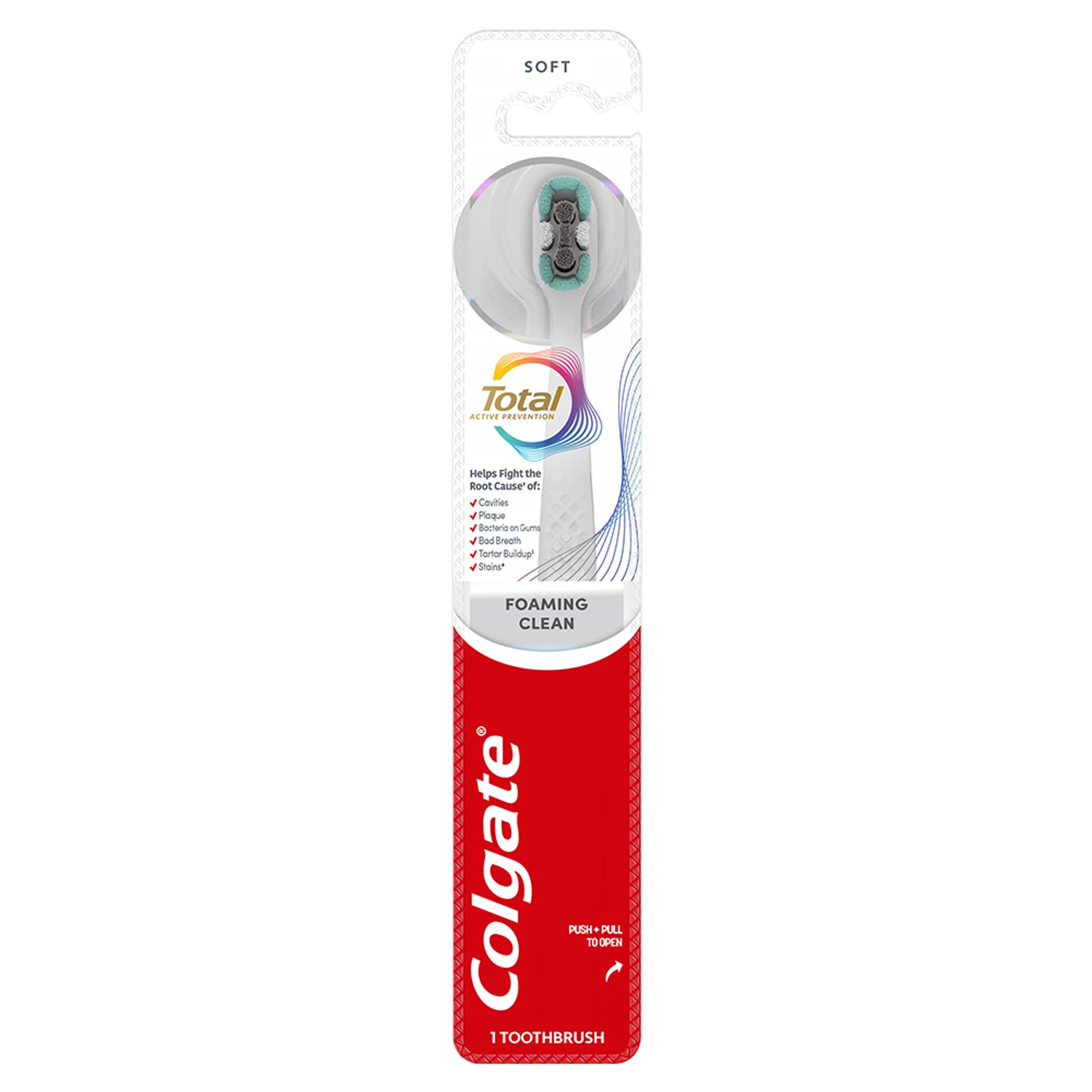What is gingivitis?
Gingivitis is the first stage of gum disease. It most commonly occurs when plaque, a sticky substance containing bacteria, builds up along the gum line and causes the gum tissue to become inflamed.
Plaque often builds up because of:
- A diet high in sugar, which feeds plaque bacteria and helps them to thrive; or
- Poor oral hygiene, e.g. irregular toothbrushing, which allows plaque to accumulate; or
- A combination of the two.
Gingivitis can be treated and reversed with good oral hygiene and the support of your dental professional. However, if plaque continues to build up, bacteria can make their way into the spaces between the gums and teeth.
Bacteria cause inflammation of the periodontal tissues that hold your teeth in place. The gum tissue recedes, or pulls away from the teeth, leaving pockets that can trap more bacteria and food debris. These pockets are very hard to clean at home, so bacteria is often able to thrive here unchecked. As the inflammation gets worse, the hard periodontal tissues start to break down.
At this point, gingivitis has progressed to periodontitis, or advanced gum disease. The loss of tissue is irreversible at this stage and can eventually lead to the loss of the teeth. Periodontitis is also linked to various wider health problems, such as diabetes and cardiovascular disease. For those reasons, it's very important to treat gingivitis before it progresses to periodontitis.
Warning signs of gingivitis
The following warning signs may indicate that you have gingivitis.
- Gum inflammation. As plaque builds up around the gum area, you might notice that your gums are red, swollen, puffy and/or very occasionally they may be sensitive. Most often gingivitis is painless and so you need to be sure to visit your dental professional regularly so they can check for you.
- Bleeding gums. You may notice that brushing or flossing causes your gums to bleed, or that you're spitting out blood after brushing.
- Bad breath. If your breath is smelling unusually bad, this could be due to widespread/established gingivitis or more often, periodontitis. Bad breath might also be accompanied by an unpleasant taste in your mouth.
Signs of advanced gum disease
These signs might indicate that gingivitis has progressed to advanced periodontitis so it is important to see a dental professional well before this stage.
- Loose or shifting teeth. As the periodontal tissues that support your teeth are destroyed, the teeth may start to feel loose when you press them or when you bite down on food. Your teeth may appear "longer" because of gum recession caused by loss of supporting gum tissue. You might also notice that your teeth don't bite together the same way they used to, or there are spaces between the teeth that weren't there before.
- Infections. As periodontitis develops and those deep pockets start to form, the food and bacteria trapped within can sometimes result in an infection. You might notice painful or swollen gums around one or more teeth, sometimes with blood or pus.
Addressing early signs of gingivitis
If you notice the warning signs of gingivitis or periodontitis, it's important to book in with your dental professional as soon as possible. They will usually perform a professional cleaning to get rid of plaque and tartar (older, hardened plaque) and recommend that you return for cleanings on a regular basis. If you have developed periodontitis, you may need a more advanced treatment to remove deposits from the periodontal pockets.
You can also:
- Brush twice daily with a fluoride toothpaste and a soft-bristled toothbrush.
- Consider an electric toothbrush to remove plaque more efficiently.
- Clean in between your teeth at least once a day with floss or interdental cleaners.
- Use an antibacterial mouthwash at least once a day.
- Consider seeking support to stop smoking, as it can worsen gum disease and reduce the effectiveness of your treatment.
Knowledge is power, so knowing the signs of gingivitis means that you have the power to stop it in its tracks. Start boosting your oral hygiene and book in with your dental professional today. You've got this!
This article is intended to promote understanding of and knowledge about general oral health topics. It is not intended to be a substitute for professional advice, diagnosis or treatment. Always seek the advice of your dentist or other qualified healthcare provider with any questions you may have regarding a medical condition or treatment.














